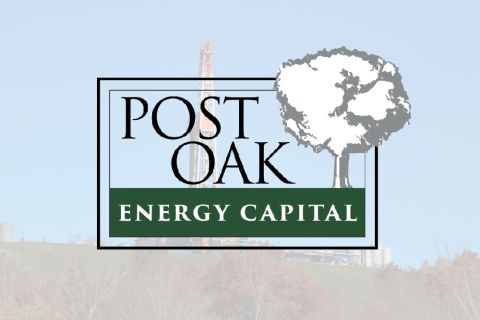The Bureau of Land Management (BLM) has a broad, complex and often conflicted set of tasks before it, and the Energy Policy Act of 2005 lays another 60 specific tasks at its feet, according to BLM director Kathleen Clarke. At Hart Energy Publishing's recent conference in Denver on land-access and royalty issues, Clarke told attendees, "We understand the importance of working with the independents. We have a lot of people knocking on our door. "In 2006 we expect to process over 10,000 applications for permits to drill-a 30% increase-and we are gearing up to do more in 2007." In January, BLM was to open seven pilot offices to create one-stop shopping-all state, local and federal agencies involved in granting drilling permits will be in one place. BLM manages some 261 million surface acres. It must juggle not only oil and gas drilling and production concerns, but grazing and ranching interests, timber, mining, camping and other recreational uses, and wilderness designations. "We are not bashful about a multiple-use mission. Every acre of BLM land is covered by a land-use plan and since 2001 we have been updating that. We don't have public meetings where nobody comes anymore," Clarke said. "The West has changed dramatically." BLM has had to deal with unintended consequences and Clarke admits it may have had a simplistic view of oil and gas development versus environmental concerns. "In Wyoming alone, there are over 40 environmental studies under way at one time, so we are very busy. And we have increased by 70% the number of applications to drill that have been granted in the last four years." In the five major Rockies areas the BLM administers, it finds resources of up to 140 trillion cubic feet of gas, she added. "We are just now beginning to understand how to develop those."
Recommended Reading
ONEOK Replaces Three EnLink Board Directors Post Acquisition Close
2024-10-16 - Three Global Infrastructure Partner directors are being replaced on EnLink Midstream’s board of directors by members of ONEOK’s executive leadership team.
Post Oak Backs Third E&P: Tiburon Captures Liquids-rich Utica Deal
2024-10-15 - Since September, Post Oak Energy Capital has backed new portfolio companies in the Permian Basin and Haynesville Shale and made an equity commitment to Utica Shale E&P Tiburon Oil & Gas Partners.
Exclusive: How E&Ps Yearning Capital can Stand Out to Family Offices
2024-10-15 - 3P Energy Capital’s Founder and Managing Partner Christina Kitchens shares insight on the “educational process” of operators looking at opportunities in the U.S. and how E&Ps looking for capital can interest family offices, in this Hart Energy Exclusive interview.
J.P. Morgan, Capital One Commit $260MM to Arizona Solar Project
2024-10-15 - Arizona’s Box Canyon solar project secured a $260 million tax-equity financing commitment from Capital One and an affiliate of J.P. Morgan.
Dividends Declared (Sept. 30 - Oct. 11, 2024)
2024-10-11 - Here is a compilation of dividends and distributions declared from select upstream, midstream and service and supply companies from Sept. 30 to Oct. 11.
Comments
Add new comment
This conversation is moderated according to Hart Energy community rules. Please read the rules before joining the discussion. If you’re experiencing any technical problems, please contact our customer care team.





